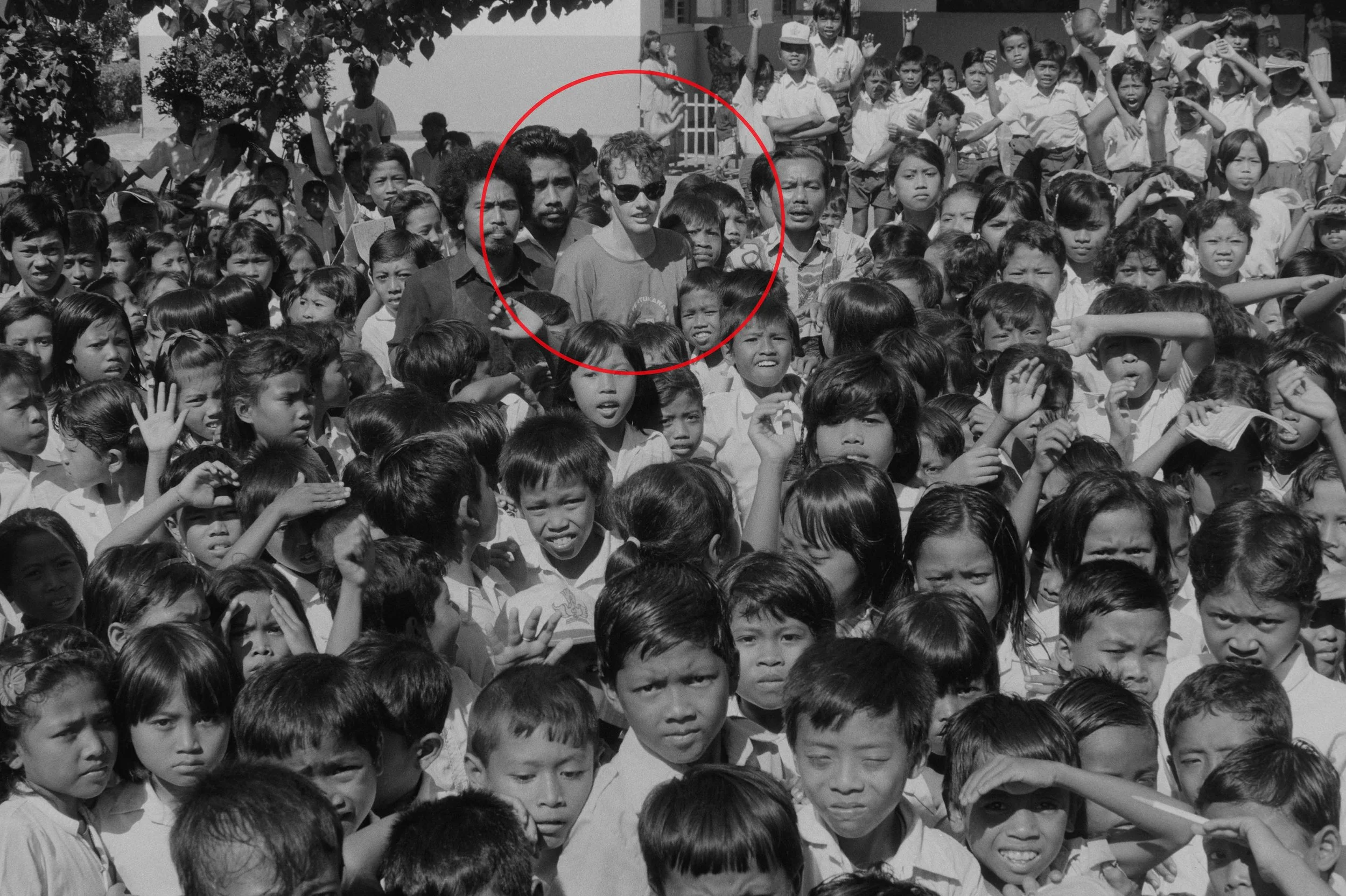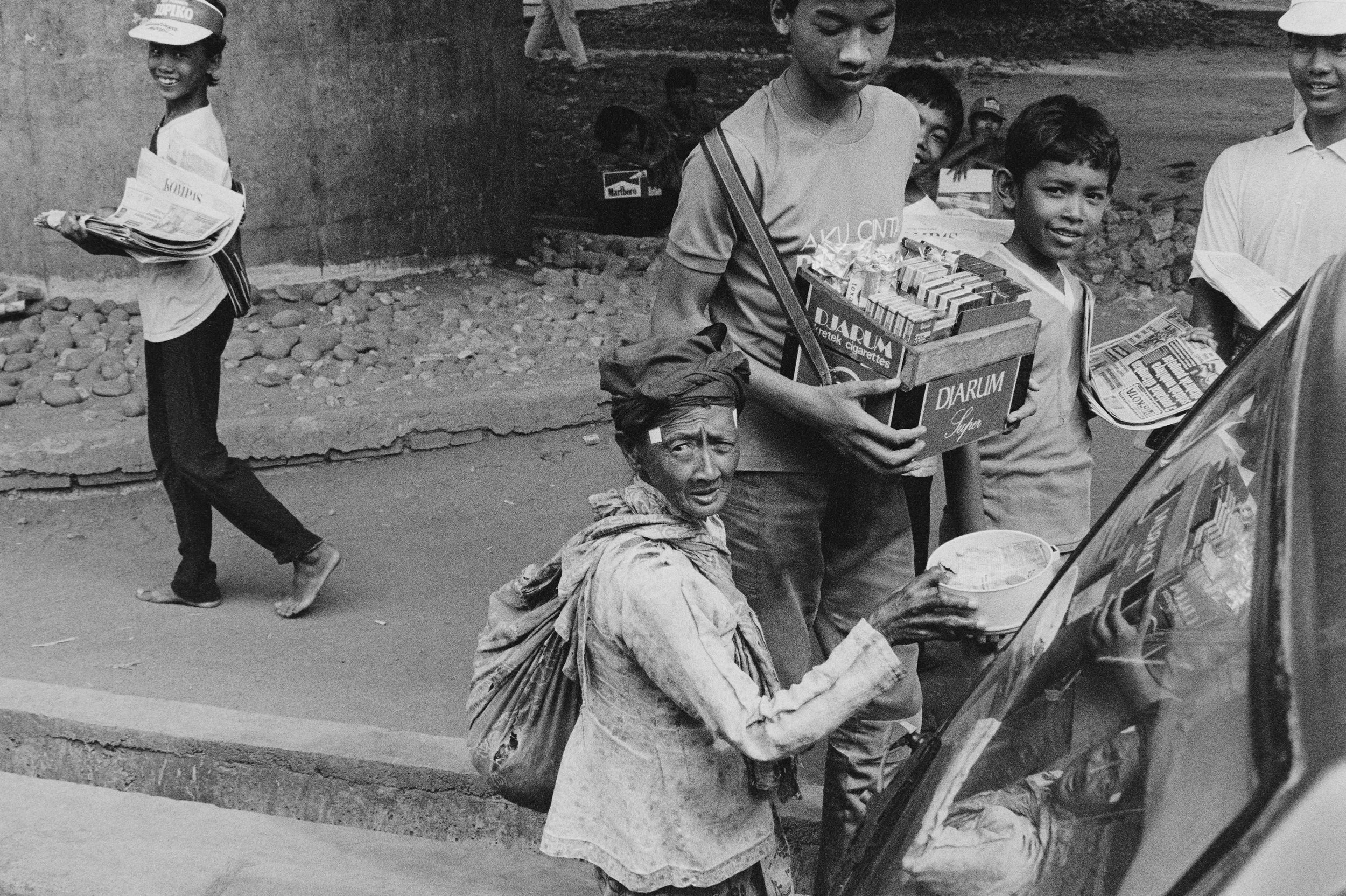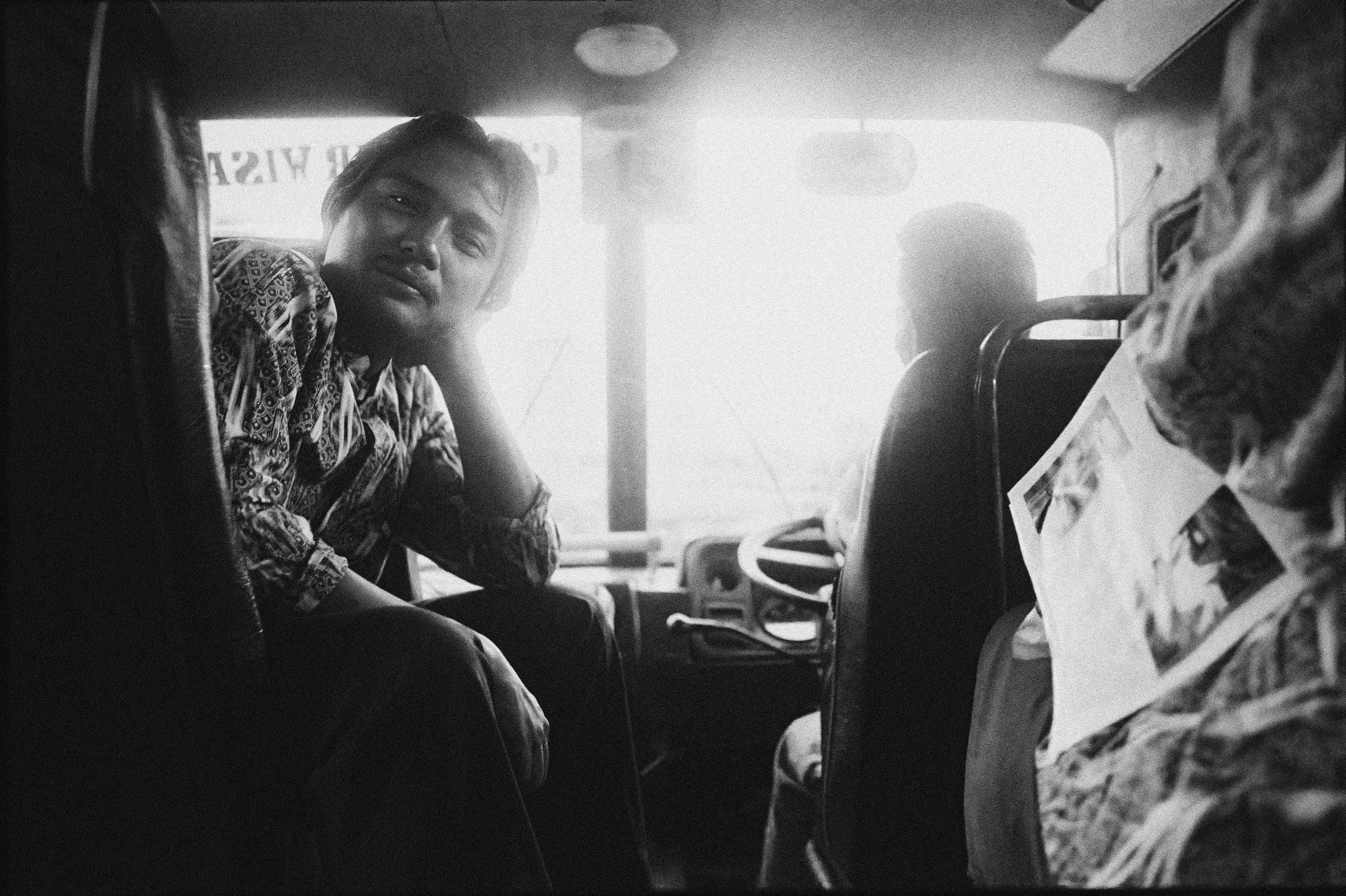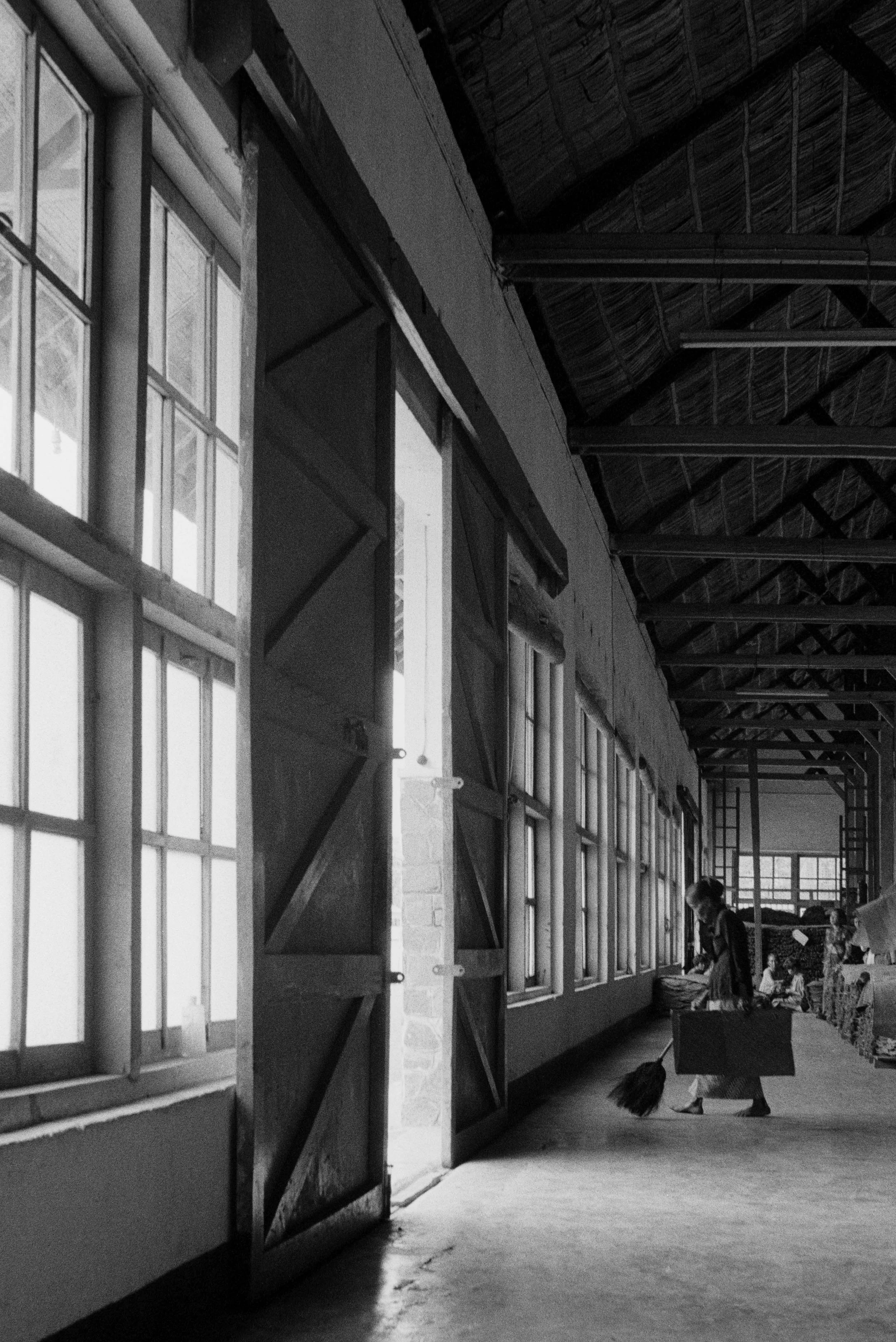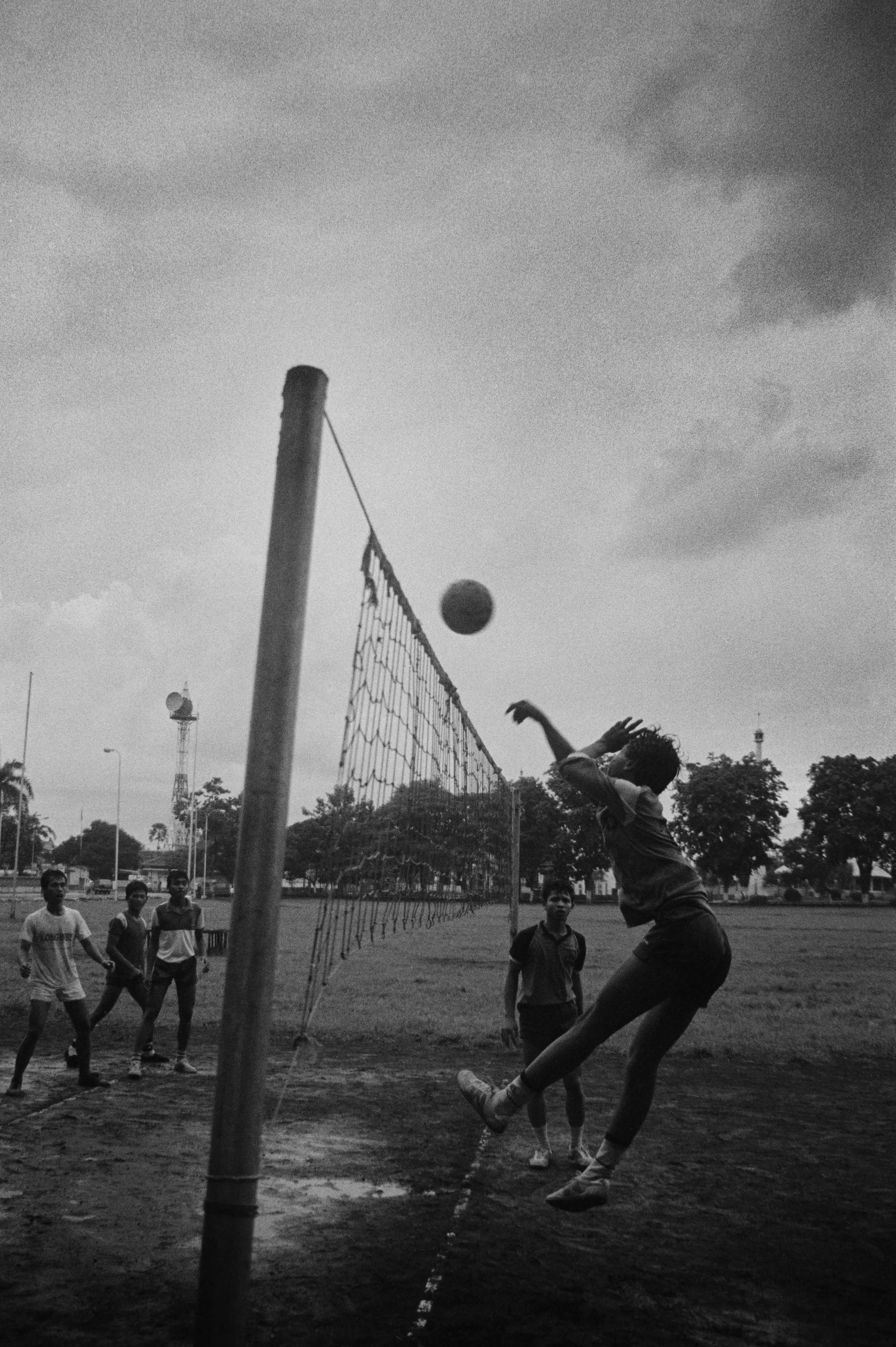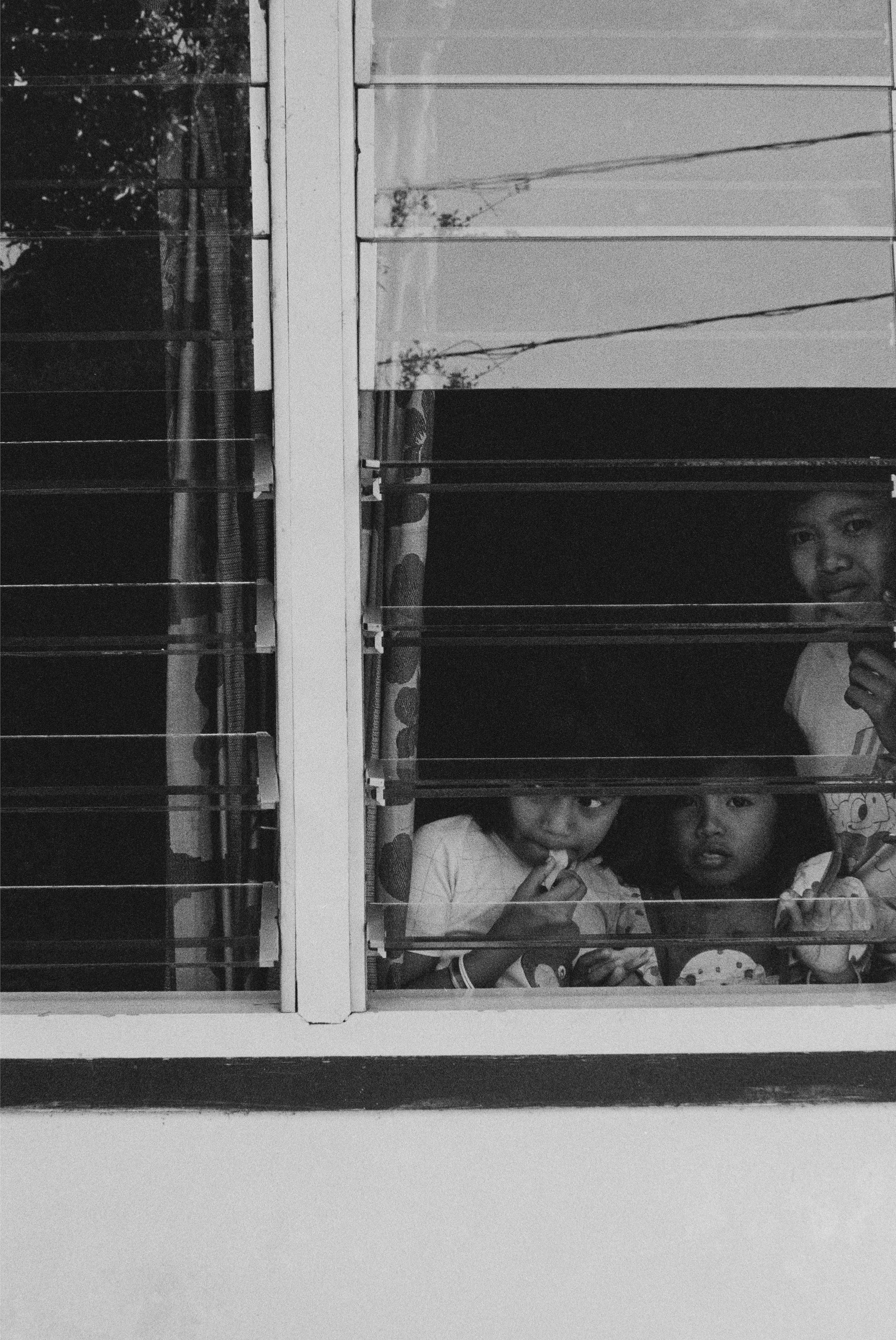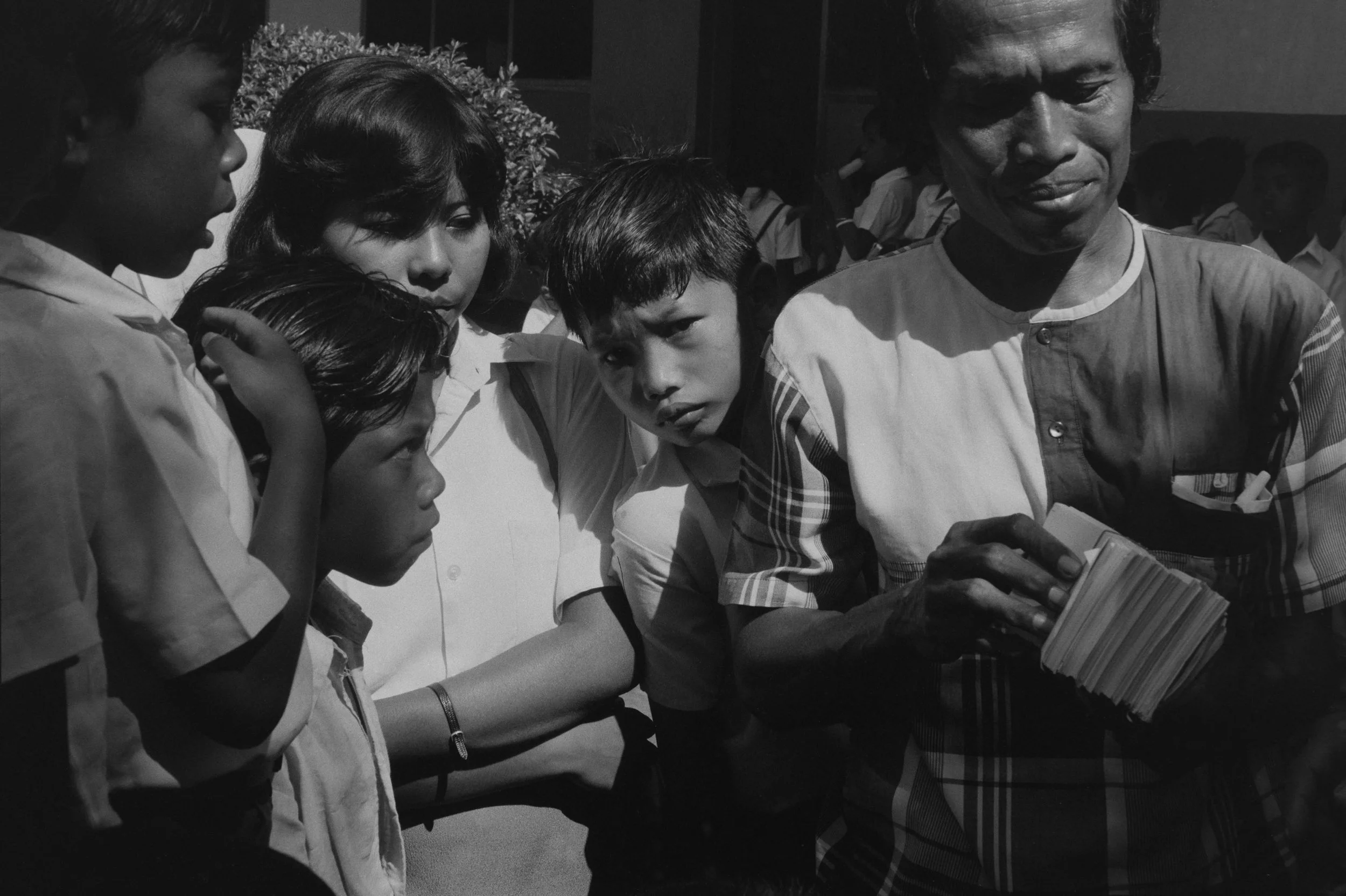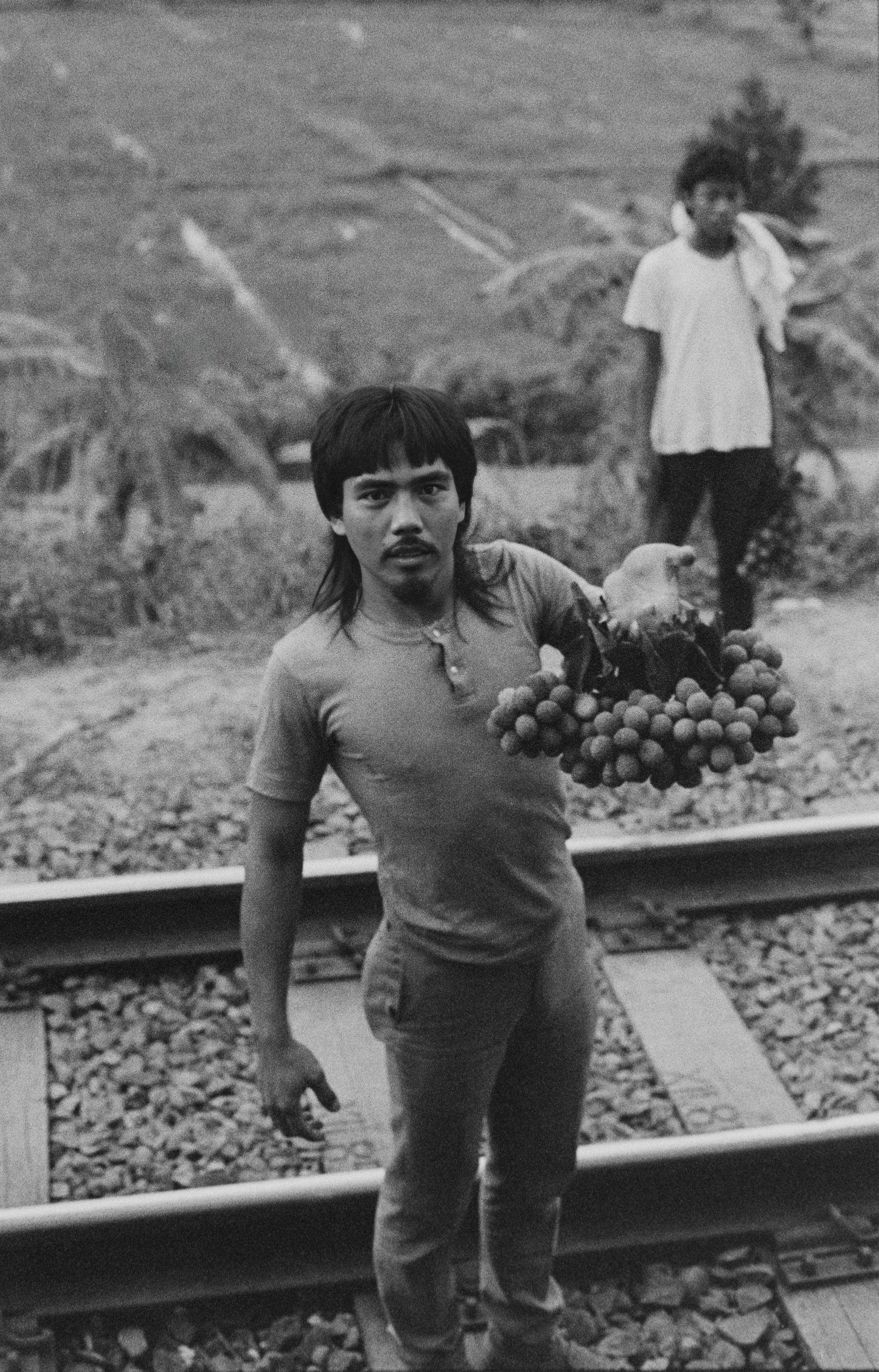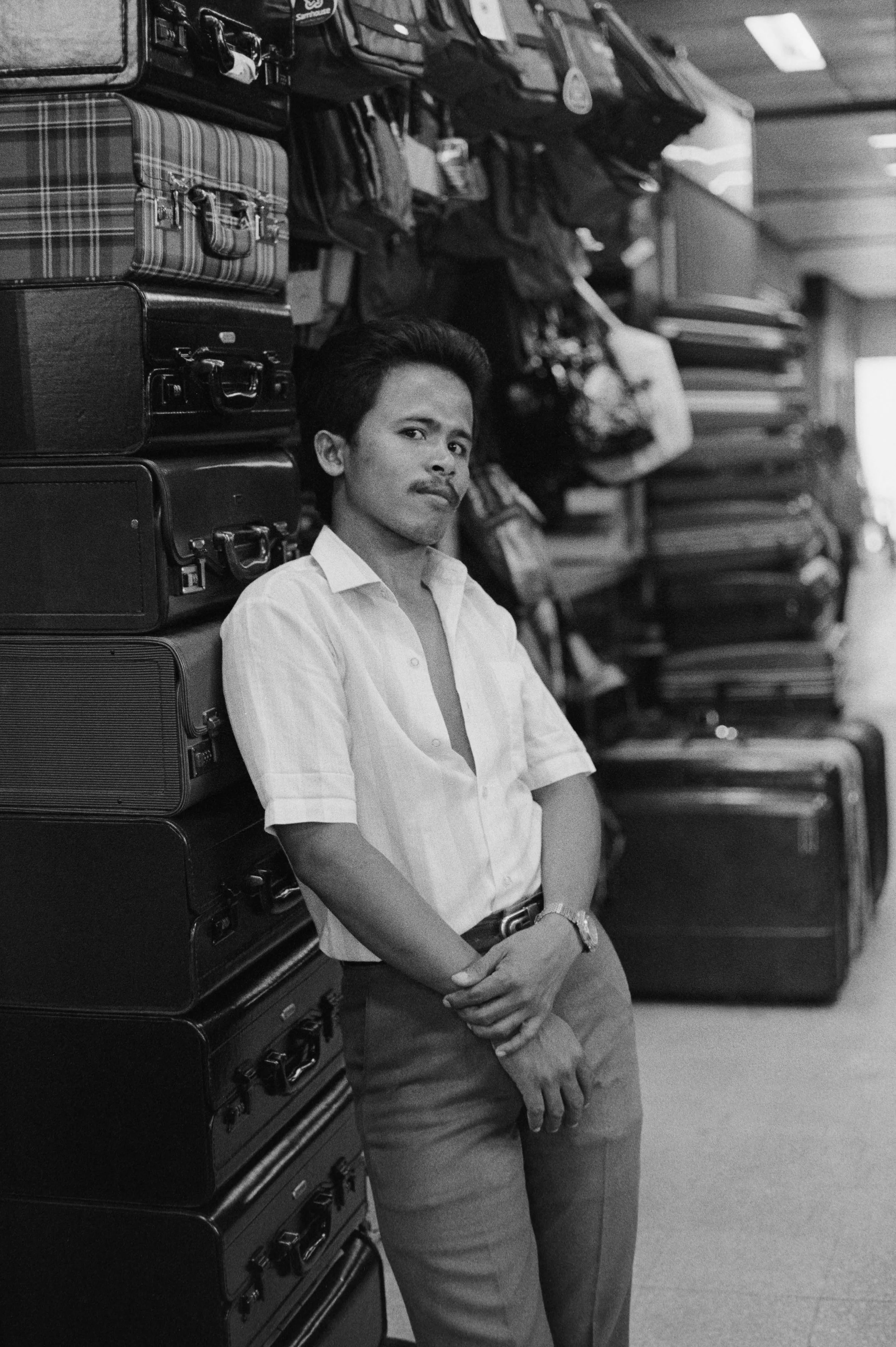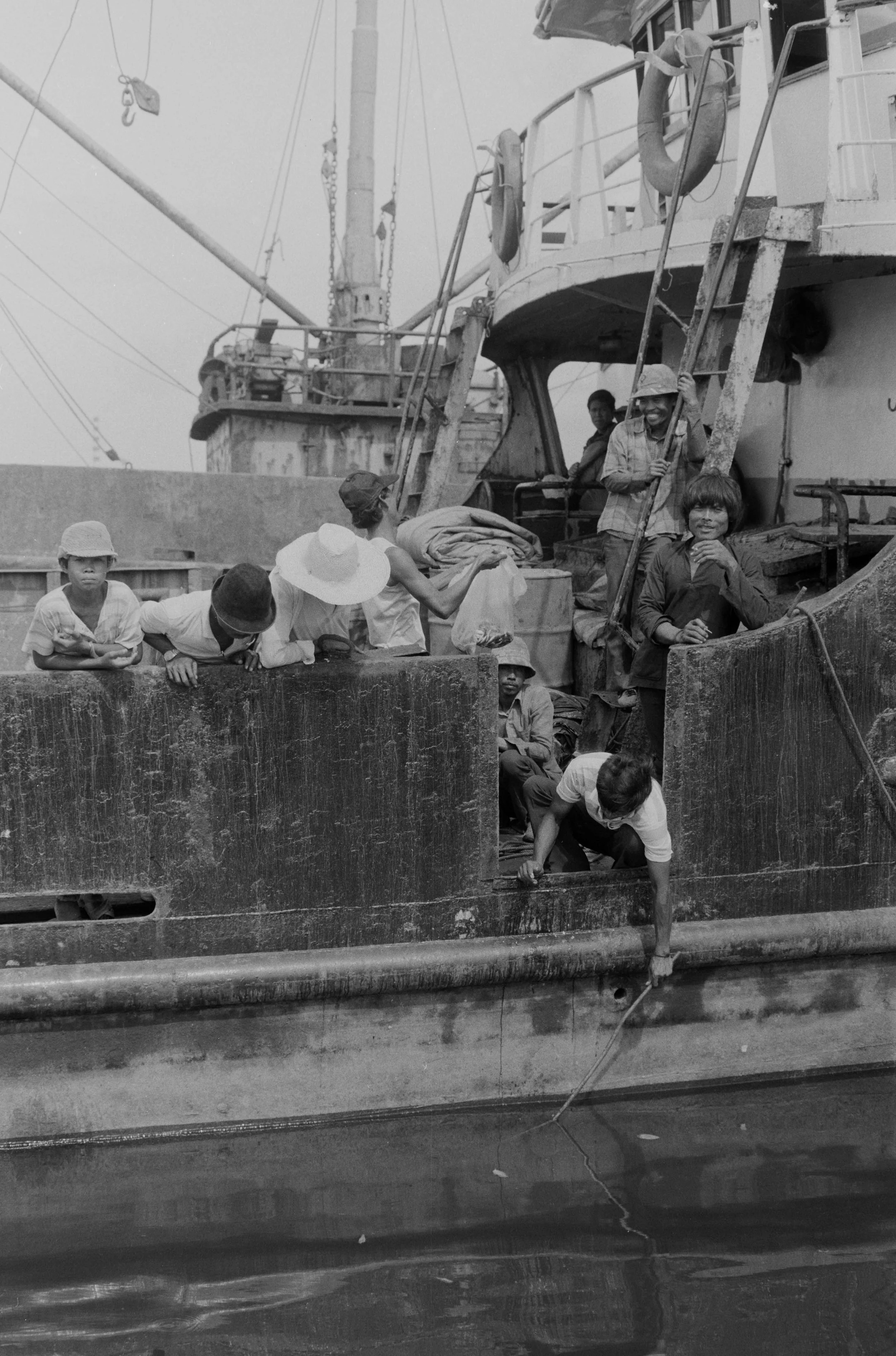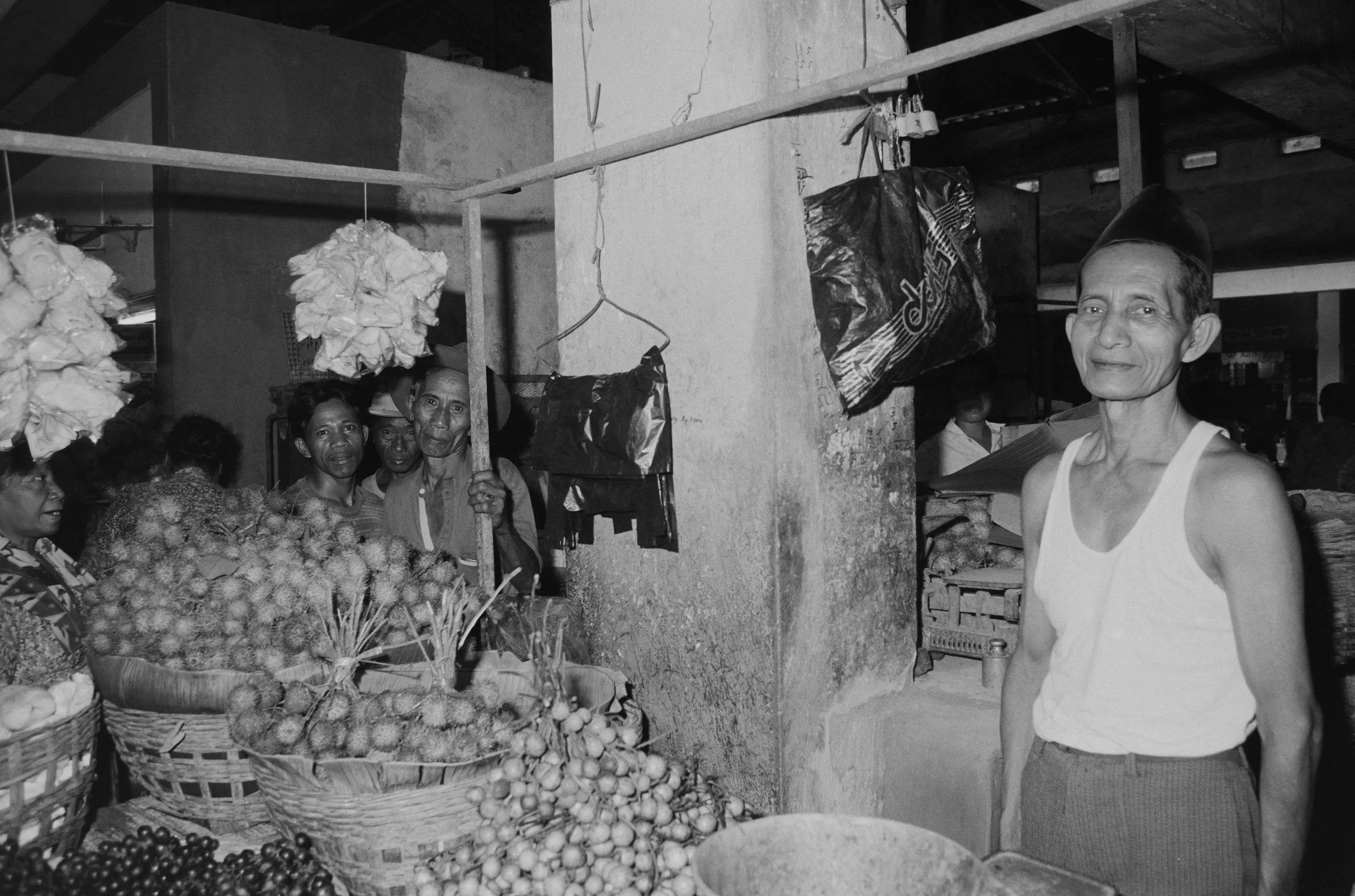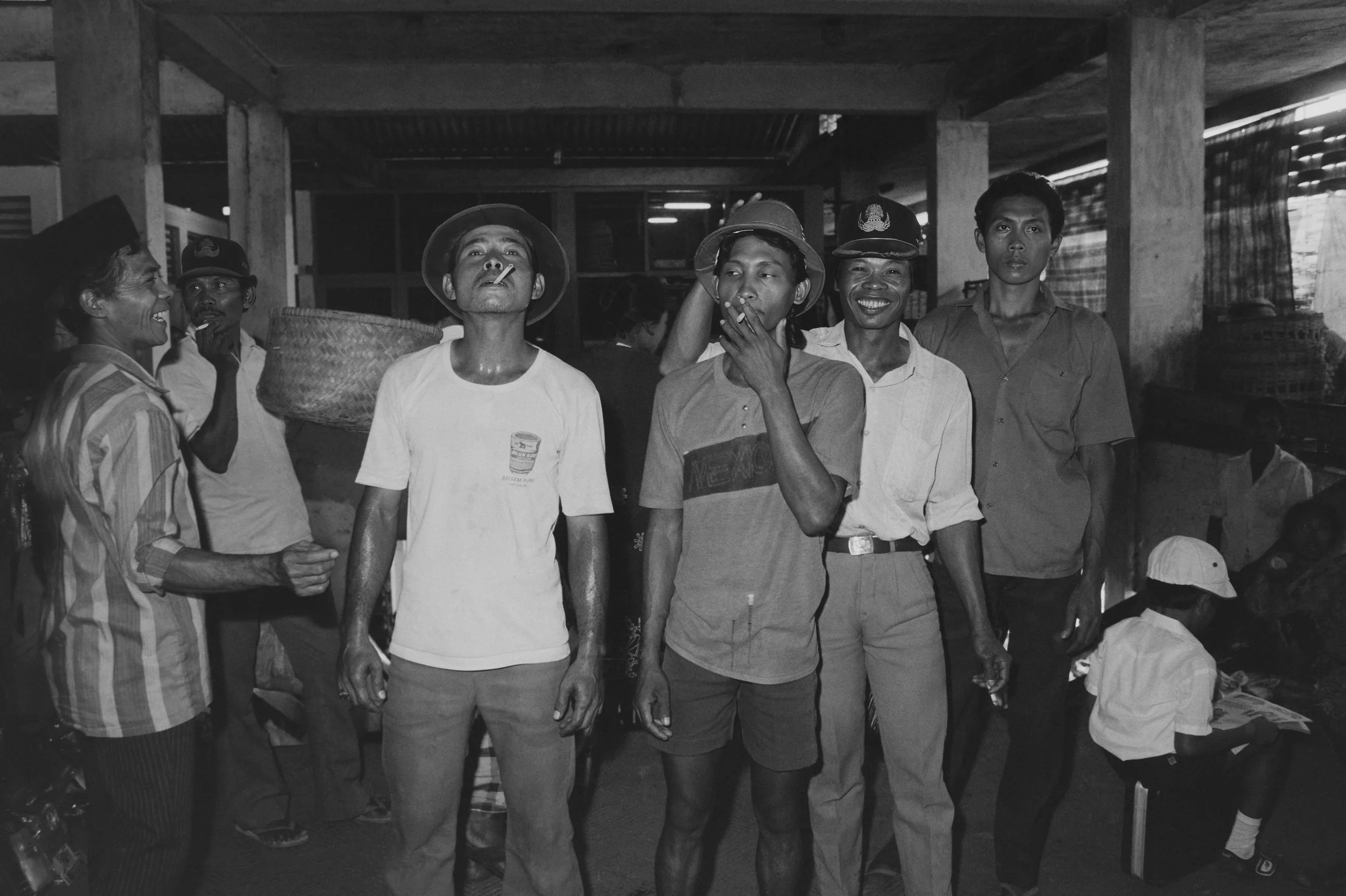JAWA TIMOR
When I was 17 years old, my first overseas trip was as a member of the Program Pertukaran Permuda Indonesia-Australia. I had just started my photographic studies, and I travelled to rural East Java as part of an exchange program for the experience of a lifetime. What an eye-opener for a kid pretty much fresh out of school!
Starting out in photography, there is a legacy that you feel part of, a history that walks with you. Even today the single still image has a power to define an event. It’s a powerful motivator for a young person who wants to create that defining image. My high school art teacher, Glen O’Malley could see this. I’m sure he had seen it before, a young guy obsessed with this lens or that, this camera or that, flooding his brain with Eugene Smith or Mary Ellen-Mark, wanting to change the world. However, one thing he said changed everything. When I had dinner at his house he said to me, “Experience first and take pictures second. Don’t miss out on life by putting a camera between you and it”. For those words I will be eternally grateful. I still use them to this day! Glen imbued in me a love of photography but also for the simple and plain things that are all around us. There are pictures everywhere, you just need to open yourself to them. This attitude to photography still informs my personal work to this day.
When I returned from Indonesia, I went down hard with glandular fever. As a result, I dropped out of Uni for a year. I had started out wanting to be a documentary photographer but on returning to study my focus moved to commercial work. In short, my images from Indo went in a box and I never printed or indeed even looked at them. Many of these negatives, yes negatives, were processed and sleeved and I haven’t looked at them since. This was a time without digital cameras, phones, zone metering, or even autofocus!
So here they are! I must say (and I’m biased) but young Erik had an eye. Looking back I see the freedom of youth, unfettered by technique and control that typifies my work today. But more than that I see someone who was taking pictures of what he experienced, the people I was with, the wonderful Indonesians that welcomed us into their homes, lives and culture. I see images here that punctuate my experience not define them. I took pictures while I experienced rather looking for pictures as the experience, something we seem to struggle with today. Susan Sontag presaged this in On Photography.
One day I went with another member of the program, down the stairs to the part of town near the river. The people who lived there were the poorest in the small regional city we lived in. We were unsure of how we would be received given we were white and had obvious wealth (I was a struggling student putting myself through Uni but still fabulously wealthy in comparison to them). We were apprehensive, however within five minutes of getting to the bottom of the stairs we were running through streets filled with kids all desperate to show us their house, meet their mothers, see the graves of their ancestors and laugh at our pitiful attempts at Bahasa. The kids danced and sang around us, our fears of hostility, informed by our cultural bias melted away and I had one of the great afternoons of my life. I have pictures of it, but even better I have memories.
I am so glad that the wonderful things I saw and did live far more vividly in my memories than in the pictures I took. Some of these pictures are ok too, not bad for a 17 year old from the suburbs.
